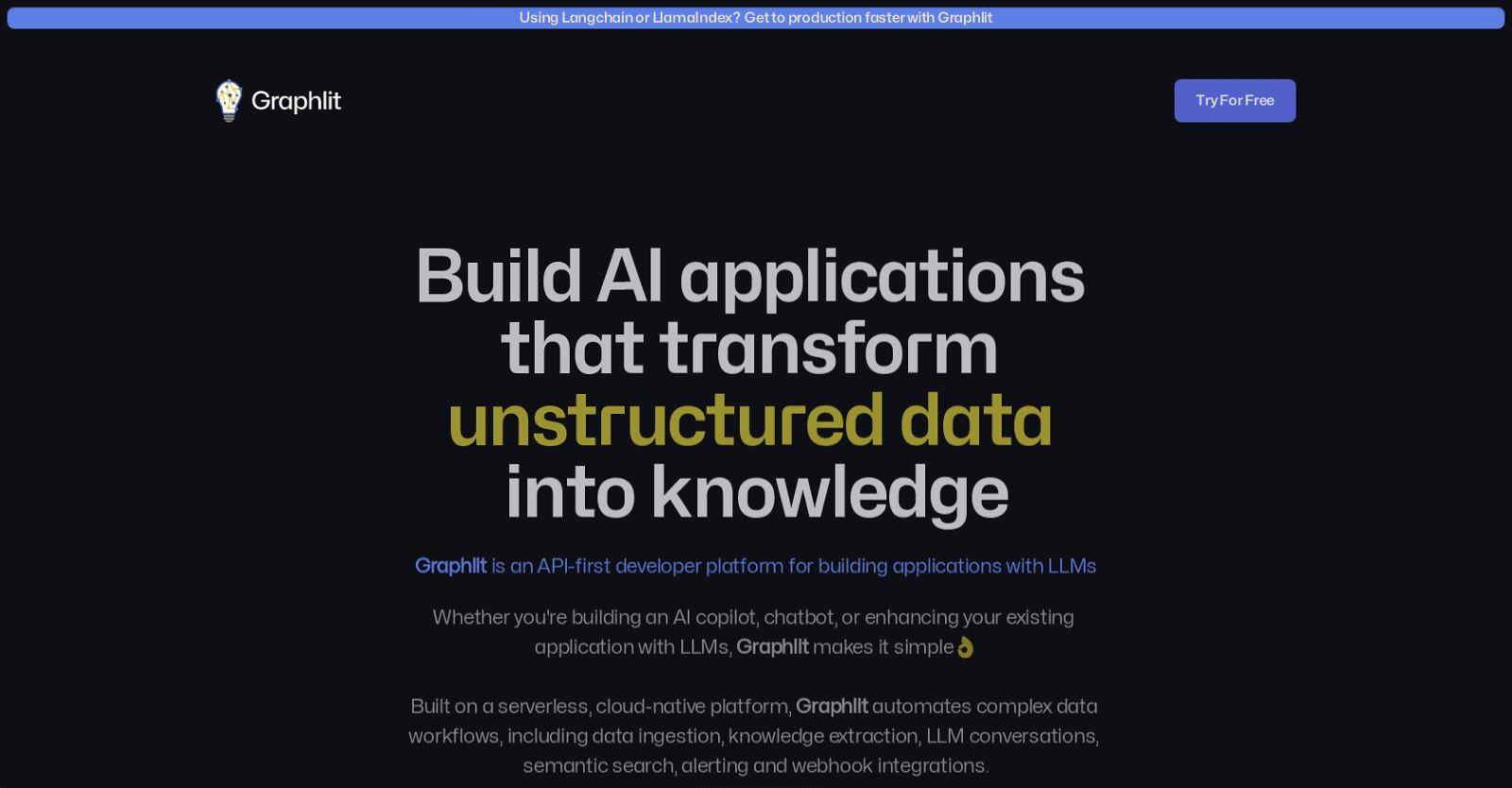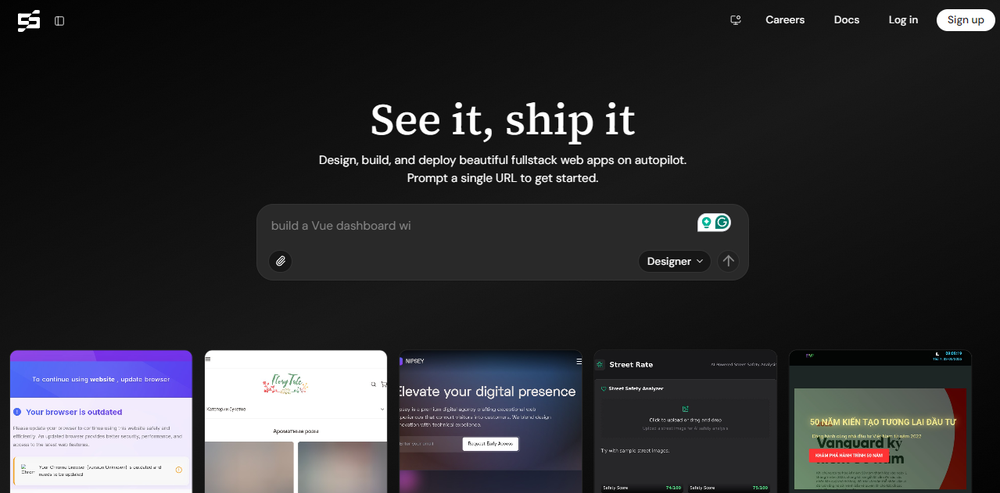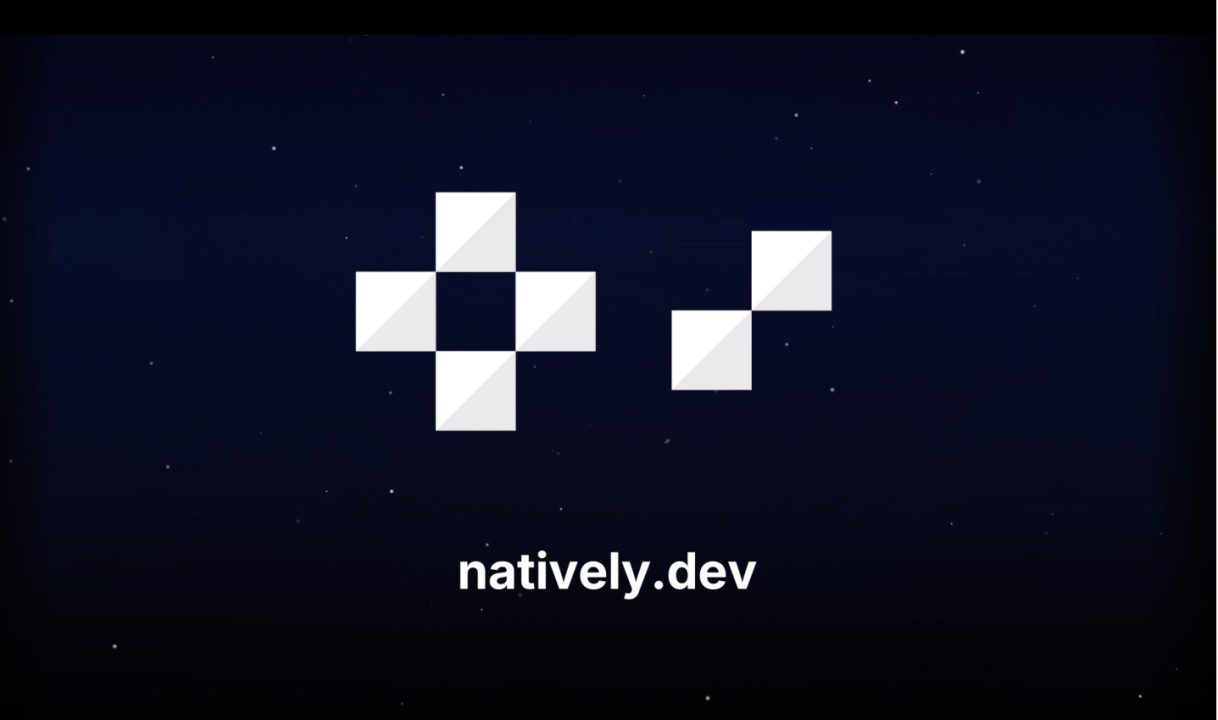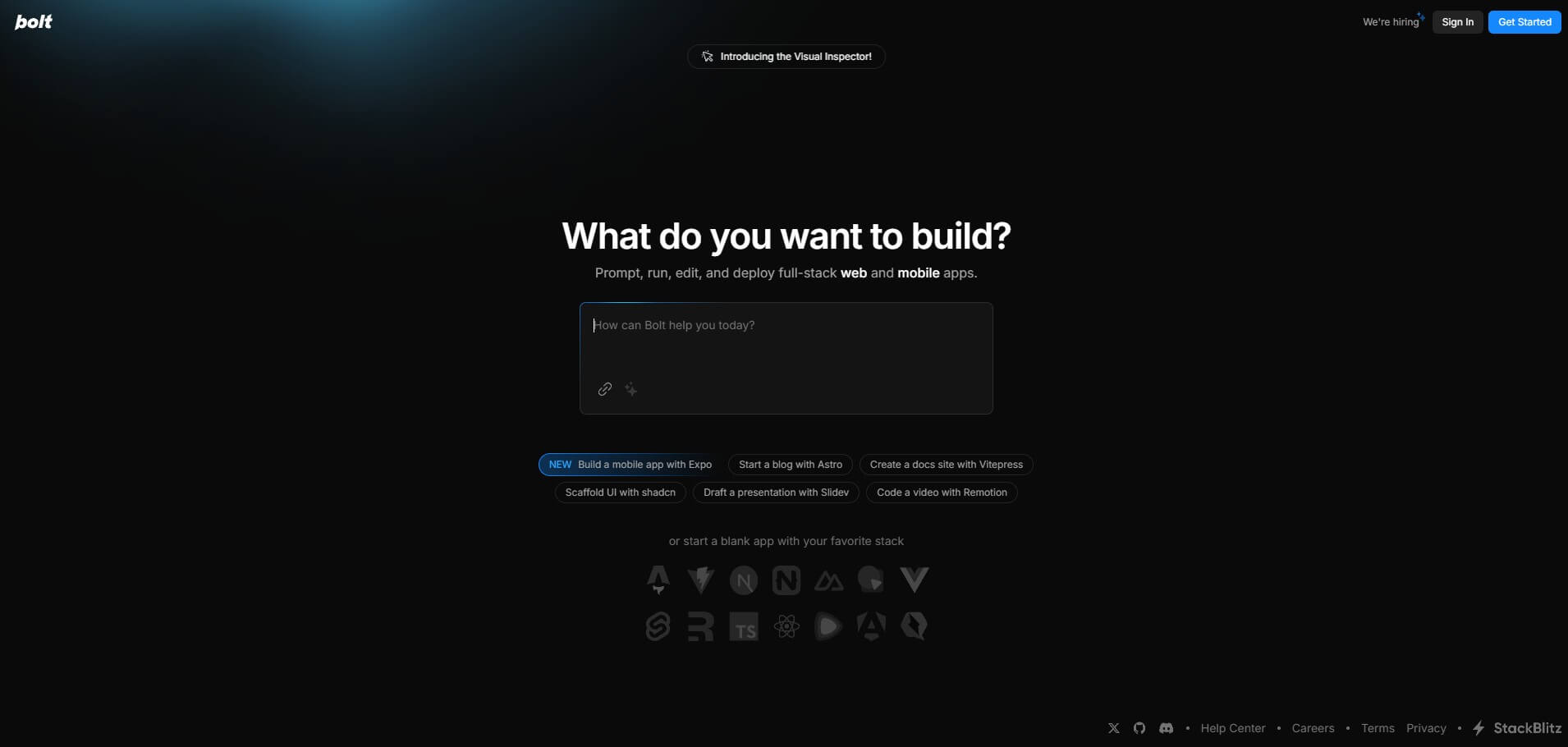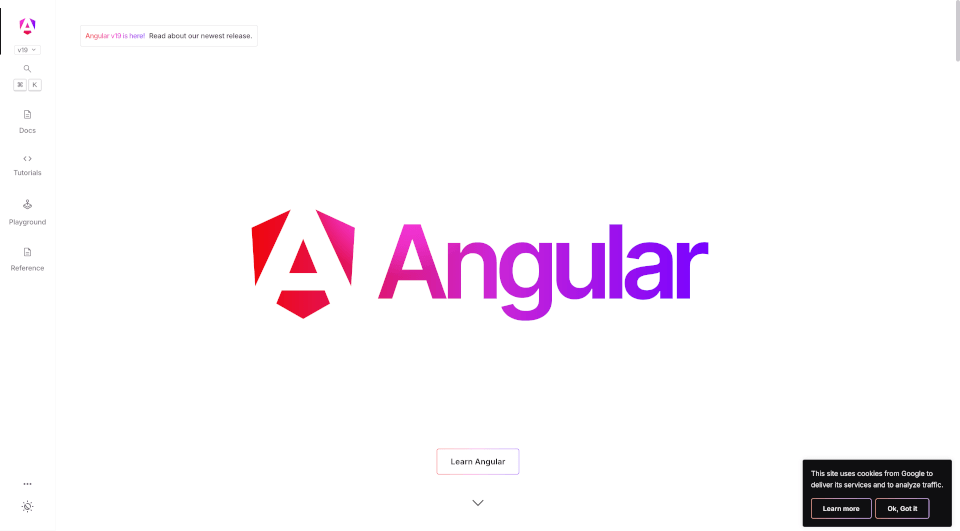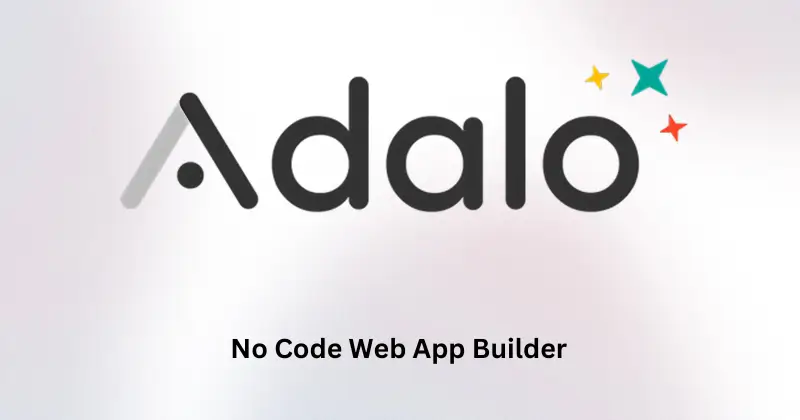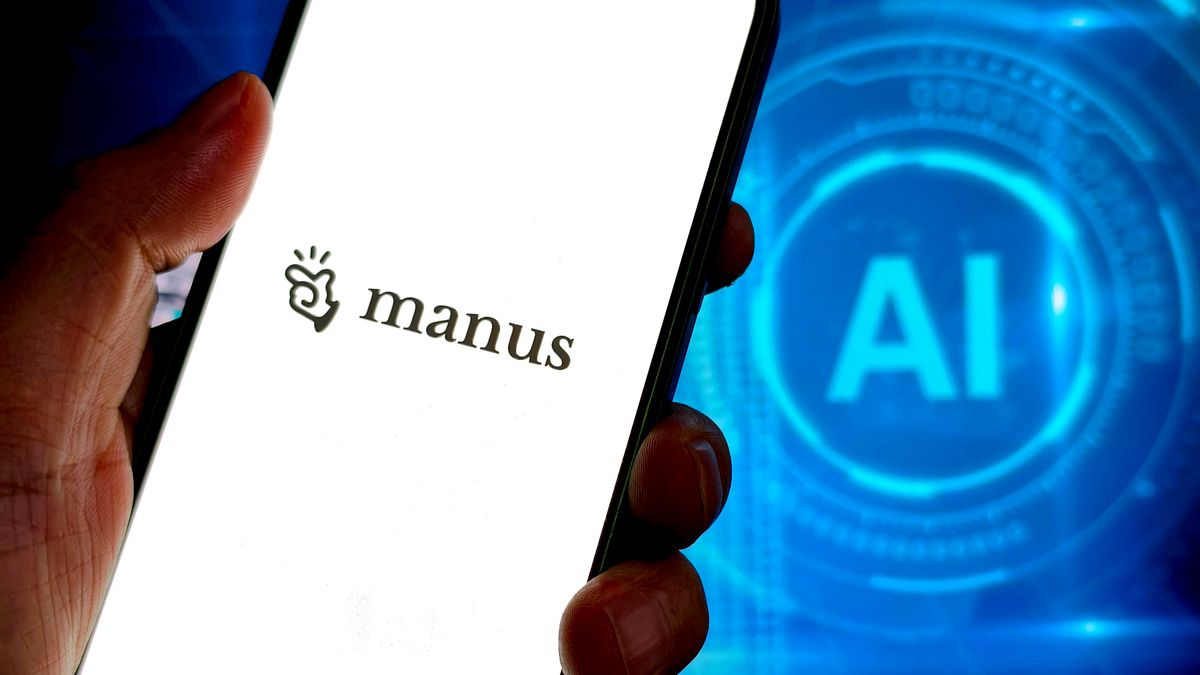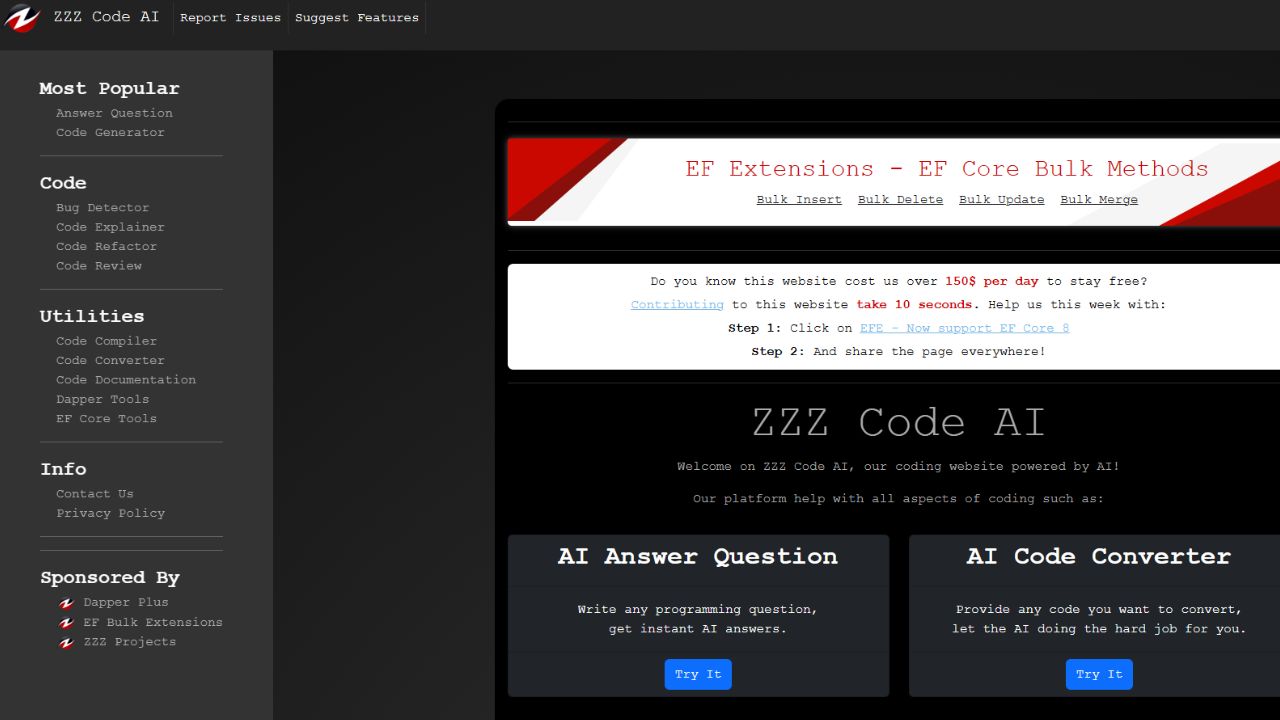Graphlit is an API-first platform tailored for developers crafting AI-driven applications utilizing unstructured data across diverse vertical markets such as legal, sales, entertainment, healthcare, and engineering.
Boasting a serverless, cloud-native infrastructure, Graphlit streamlines intricate data workflows by automating tasks like data ingestion, knowledge extraction, LLM conversations, semantic search, alerting, and webhook integrations.
A standout feature of Graphlit is its prowess in extracting knowledge from any unstructured data source, encompassing PDFs, web pages, images, RSS feeds, podcasts, Notion pages, YouTube videos, and Slack messages.
Developers harness Graphlit’s capabilities to construct conversational knowledge graphs leveraging Large Language Models (LLMs) like OpenAI’s GPT-3.5 and GPT-4. Employing the Retrieval Augmented Generation (RAG) pattern and Schema.org’s entity data model, Graphlit transforms intricate data into searchable, contextualized knowledge graphs.
Moreover, Graphlit serves as a multimedia content management platform facilitating secure storage of diverse content formats, including documents, audio and video files, and complex data types such as CAD drawings and geospatial data. It empowers users with potent vector-based knowledge retrieval and media processing workflows for tasks like image thumbnails and previews.
The platform, primed for production, provides granular usage tracking for cost management while ensuring content storage encryption and fortified security through API access with role-based access control (RBAC).
With a developer-centric approach, Graphlit extends a free tier for initial exploration, while pricing for paid tiers aligns with the volume of content ingested into the platform.
